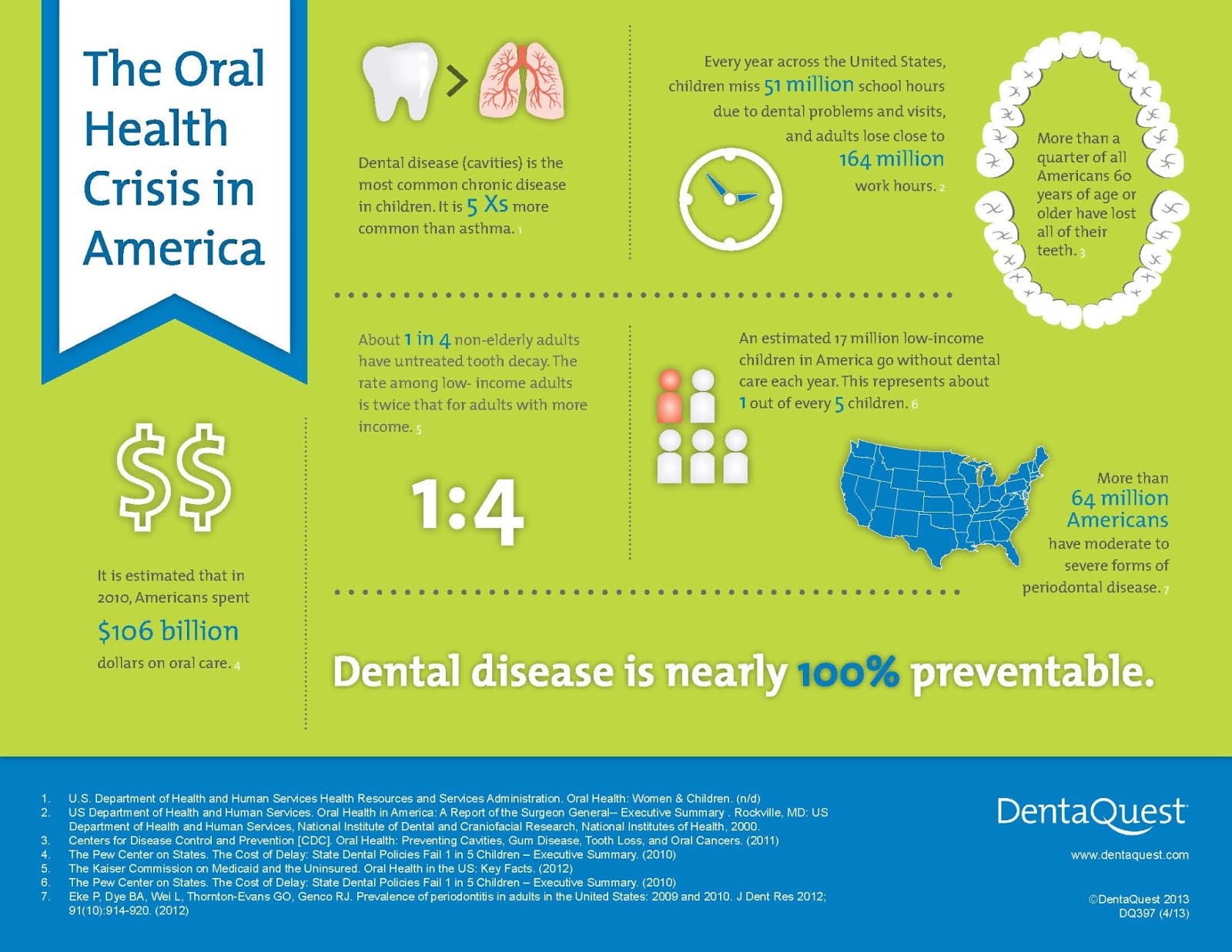The Future Of Oral Surgery: Technologies And Breakthroughs Shaping The Area
The Future Of Oral Surgery: Technologies And Breakthroughs Shaping The Area
Blog Article
Posted By-Kokholm Jefferson
Invite to the world of oral surgery, where developments and breakthroughs are forming the future of the area! In orthodontist braces near me , you'll witness the transformative power of robotics, the sophisticated wonder of 3D printing, and the game-changing effect of minimally intrusive methods.
The future of oral surgery holds a pledge of accuracy, performance, and enhanced patient end results. With the help of advanced robotics, specialists are able to do complex treatments with higher accuracy and control.
3D printing technology is changing the creation of oral implants and prosthetics, using tailored options that fit perfectly into each client's one-of-a-kind anatomy.
In addition, minimally invasive methods are reducing post-operative discomfort and recovery time, permitting clients to return to their daily lives sooner.
Prepare to check out the interesting innovations and developments that are reshaping the landscape of oral surgery!
Innovations in Robotics
One significant innovation in dental surgery is making use of robotic modern technology, which allows for precise and efficient surgical procedures. With the help of robotic systems, dental cosmetic surgeons have the capacity to perform complex surgeries with improved precision, lessening the risk of human mistake.
These robotic systems are geared up with innovative imaging technology and accurate instruments that make it possible for doctors to navigate with complex physiological frameworks with ease. By making kids dentistry of robotic innovation, surgeons can accomplish higher medical precision, causing improved individual results and faster healing times.
In addition, the use of robotics in dental surgery permits minimally intrusive procedures, minimizing the trauma to bordering cells and promoting faster recovery.
3D Printing in Dental Surgery
To enhance the area of oral surgery, you can discover the subtopic of 3D printing in oral surgery. This innovative technology has the prospective to reinvent the way oral cosmetic surgeons run and deal with clients. Here are 4 key ways in which 3D printing is shaping the field:
- ** Personalized Surgical Guides **: 3D printing enables the creation of highly precise and patient-specific surgical guides, enhancing the precision and effectiveness of treatments.
- ** Implant Prosthetics **: With 3D printing, dental cosmetic surgeons can produce customized dental implant prosthetics that completely fit a person's one-of-a-kind composition, leading to better results and person contentment.
- ** Bone Grafting **: 3D printing enables the production of patient-specific bone grafts, lowering the demand for typical implanting strategies and enhancing recovery and recuperation time.
- ** Education and learning and Training **: 3D printing can be used to develop realistic surgical models for educational objectives, enabling dental specialists to practice complicated procedures before doing them on patients.
With its prospective to enhance precision, customization, and training, 3D printing is an interesting development in the field of dental surgery.
Minimally Intrusive Techniques
To better progress the field of dental surgery, embrace the potential of minimally invasive methods that can significantly profit both specialists and patients alike.
Minimally intrusive methods are changing the area by reducing surgical trauma, decreasing post-operative pain, and speeding up the recovery process. These techniques involve using smaller lacerations and specialized instruments to perform procedures with precision and efficiency.
By using advanced imaging modern technology, such as cone light beam computed tomography (CBCT), surgeons can accurately plan and implement surgical procedures with very little invasiveness.
Additionally, the use of lasers in oral surgery enables specific cells cutting and coagulation, leading to minimized bleeding and reduced recovery time.
With minimally intrusive strategies, individuals can experience faster recuperation, decreased scarring, and enhanced outcomes, making it a crucial element of the future of dental surgery.
Final thought
So, as you can see, the future of dental surgery is extremely encouraging, with amazing technologies and breakthroughs shaping the area.
From the improvements in robotics to the use of 3D printing and minimally invasive strategies, dental specialists are revolutionizing the means they offer treatment.
While check out here may stress over the possible cost connected with these improvements, it is essential to remember that these modern technologies inevitably improve patient outcomes and minimize recuperation time, making them well worth the financial investment in the long run.
